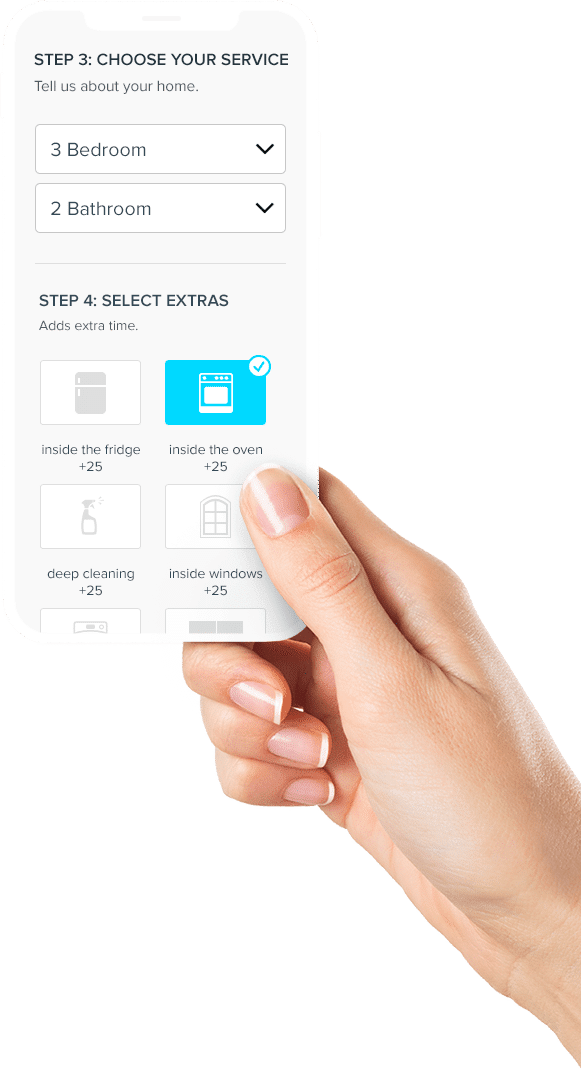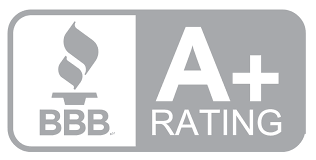House Cleaning & Maid Services
In 60 Seconds or Less
Get price by just selecting the type of service needed along with the size of your home
Wide Range Of Tailored House Cleaning Services To Fit Your Needs
Our services are priced by the size of your home.
One Time Cleaning
One-time cleaning gives you an opportunity to get the home clean, you may be preparing for guests or an event. Regular cleaning to do the basics or deep cleanings available.
Move In – Move Out Cleaning
Planning to move out of your house or moving in to a new house ? Make sure you get your back deposit back.
Post Construction Cleaning
A newly constructed house or after a house remodel, you cannot be ready for settling in unless it is perfectly cleaned and arranged.

Recurring Cleaning
Recurring cleaning an be weekly, bi-weekly, tri-weekly or monthly. Our Cleaners maintain your home on regular basis. No contracts.
Vacation Rental Cleaning
Rental cleaning service is meant to provide property owners with a peace of mind knowing that the houses are clean in between tenants.
Commercial Cleaning
Our office cleaning services are meant to give you a clean, healthy and fresh working environment. First impression is important.
Your Next Cleaning
In 3 Easy Steps
Our online booking form makes the estimate process easy and understandable.
Book in 60s
Get free online estimate selecting the size of your home, then select the date and time you’d like your professional to show up.
Pay Online
Seamless online payments. No cash no checks! At the end of your booking get and email confirmation.
We clean, You Relax
A certified cleaner comes over and cleans your place. You receive a receipt on your email when we leave your home.
Fast & Easy online estimate form
Our online booking provides customized cleaning estimate in seconds.
Select what type of service, don’t forget to add your extras.
Select the day and time that works for you.
Reschedule your cleaning at no charge up to one full calendar day before your cleaning date.


Billed when job is finished, happy is easy
Cleaners check in and check out every job. Once you cleaners has completed your cleaning. You’ll be billed and you receive an email receipt asking also for your feedback. Your Feedback is gold.
Billed when job is finished, happy is easy
Cleaners check in and check out every job. Once you cleaners has completed your cleaning. You’ll be billed and you receive an email receipt asking also for your feedback. Your Feedback is gold.

Relax, handpicked cleaners do the job
We handpicked hardworking, courteous people. The best cleaners you’ll never meet. They will provide all cleaning supplies for each cleaning at no extra cost.
Each one is fit, friendly, full background checked, and dedicated to giving you a cleaning experience full of big smiles and a positive attitude. We only send cleaners that are getting invited back to our customers home.

Your Trust Is Our Priority

Saves you time
Online estimate form with upfront fair pricing no surprises. Easy cleaning packs you can choose from.

Only the best quality
Our skilled professionals go above and beyond on every job. Thorough checklist different for each service.

Safety first
We rigorously vet all of our Cleaners, who undergo identity checks as well as in-person interviews.

Easy to get help
Select your ZIP code, number of bedrooms and bathrooms, date and relax while we take care of your home.

Cash-free payment
Pay securely online only when the cleaning is complete. No cash or checks.

Seamless communication
Online communication makes it easy for you to stay in touch with your Cleaners.
What Customers Are Saying
Ready To Book A Cleaning?
Our Lastest News
Reasons to Book a One-time Cleaning Service
As much as we try to maintain the clean and organized vibe of our living space for the sake of our well-being; things don’t always go as planned. Life has a way of getting overwhelmingly busy. Leaving us with little time and energy for household chores. This is where...
Why Property Managers Need Professional Cleaning
Managing a property is no easy task, especially when it comes to its maintenance. From residential complexes to commercial spaces, the responsibility of ensuring a clean and inviting environment falls squarely on the shoulders of property managers. Amidst these...
What Are The 5 Stages Of Post-Construction Cleaning
Key Takeaways Post-construction cleaning consists of five stages: Initial Clean, Rough Clean, Detail Clean, Final Clean, and Touch-Up Clean. Each stage plays a crucial role in ensuring a safe and spotless environment. My Cleaning Angel delivers professional...












